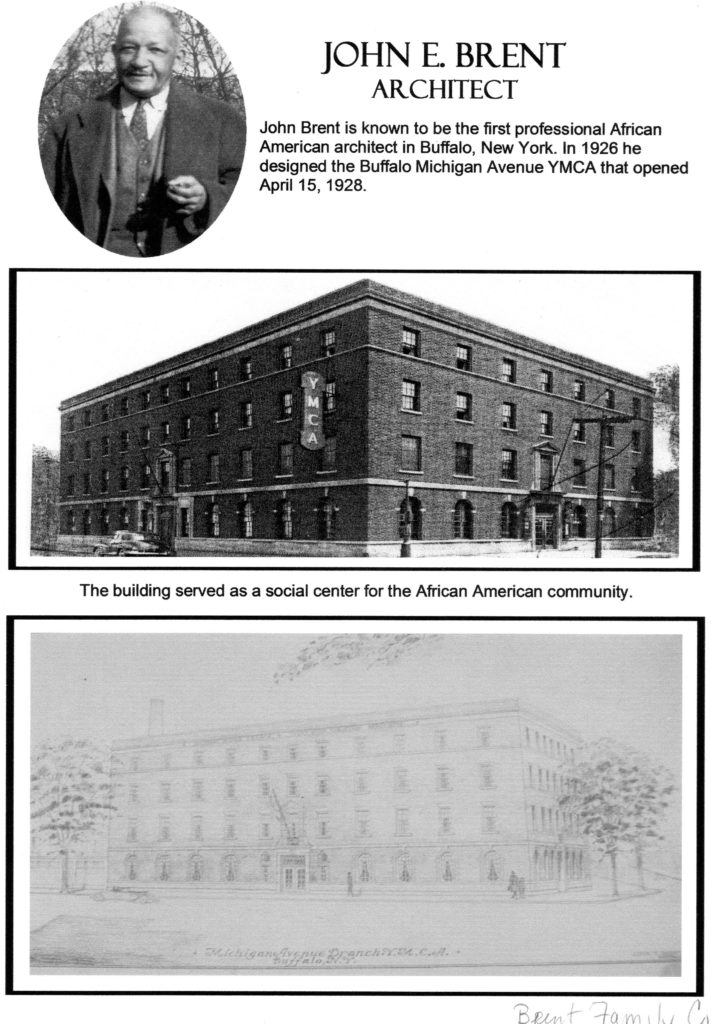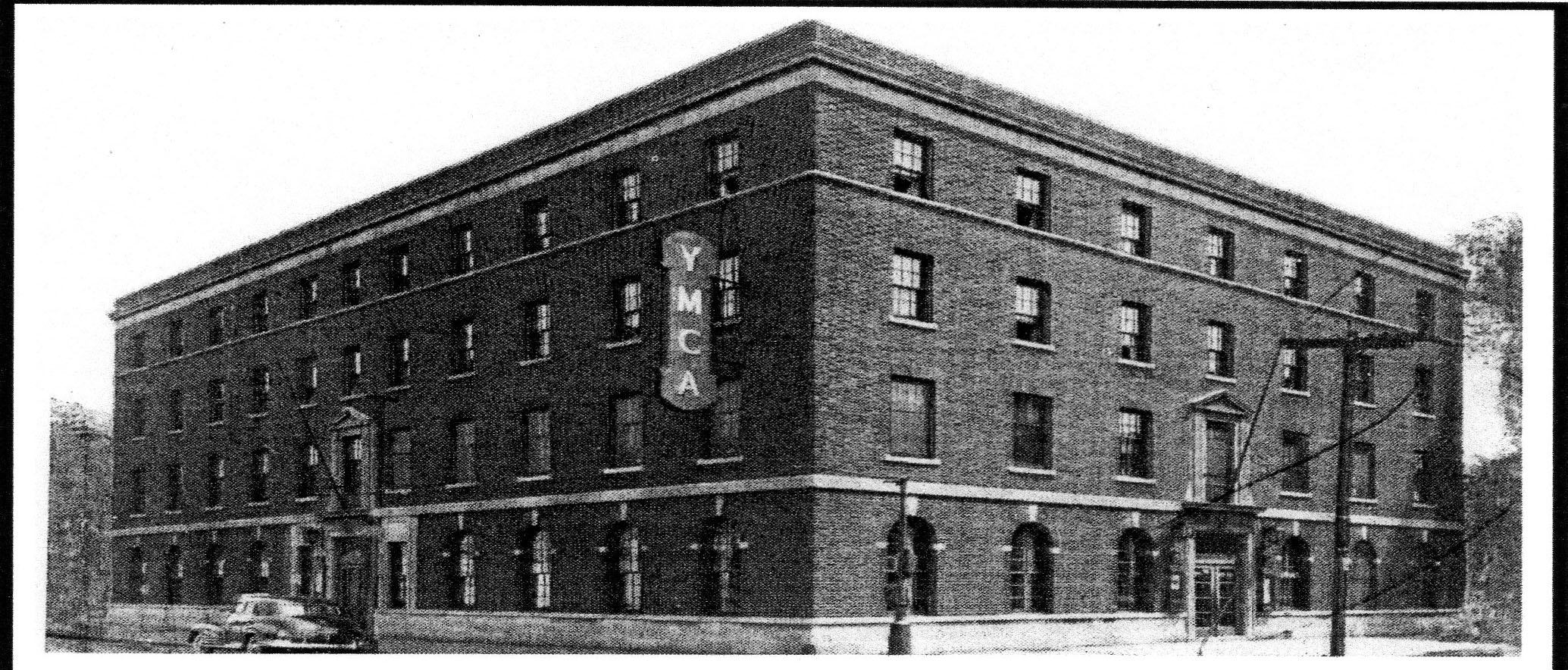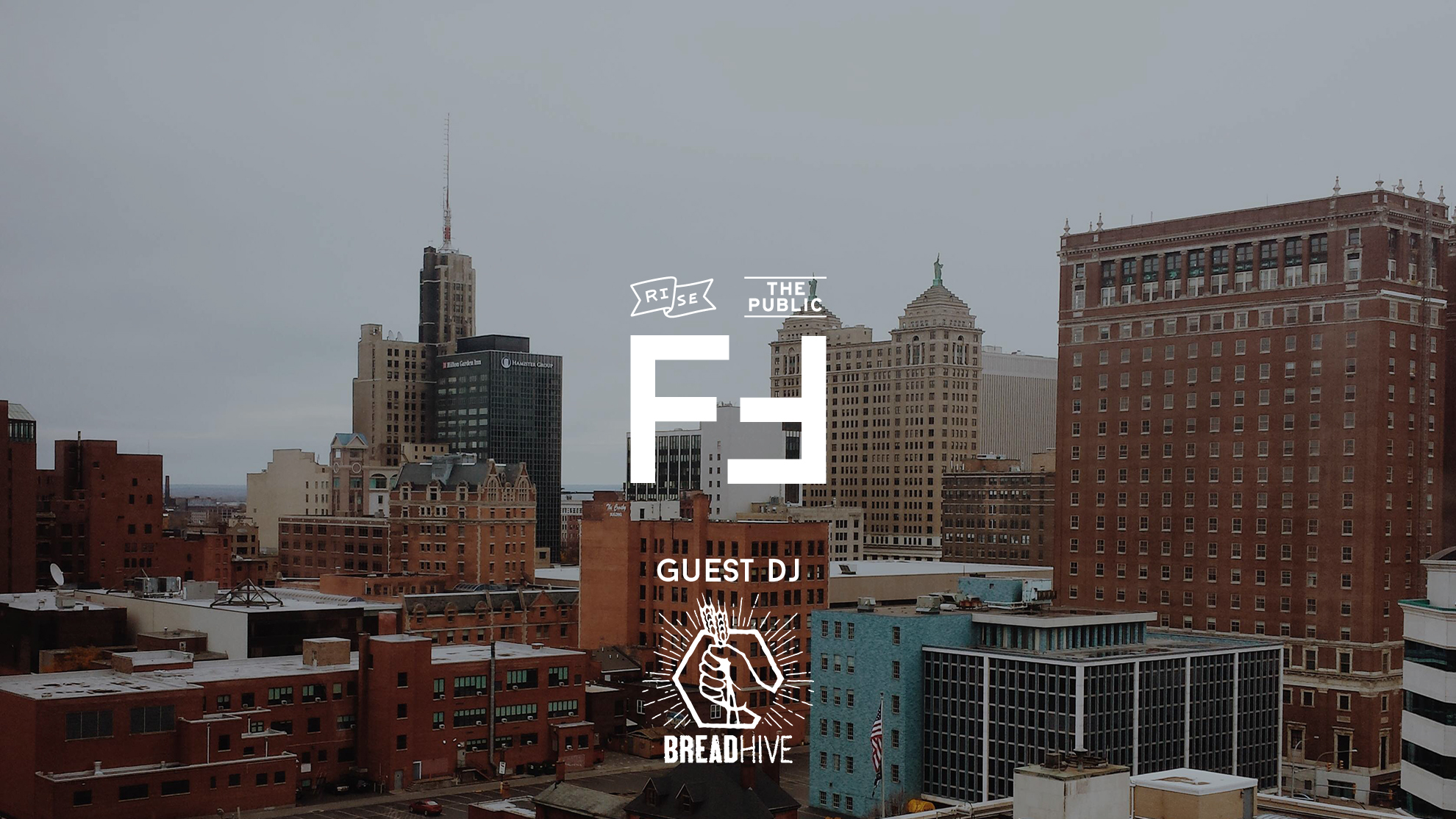Michigan Avenue: From the Underground Railroad to the Civil Rights movements of the 1950s and 1960s, this is where it all happened.
Hopefully, by now, you’ve taken the time to learn about the Michigan Ave Baptist Church. You’ve taken the time necessary to view all the dignitaries depicted on the Freedom Wall. By now, you should have gone to see a show of any kind at the historic Colored Musicians Club and learned through their museum that all the greatest names you ever heard in jazz have played there, formed the first musician’s unions there, and more. Have you attempted to determine the significance of the George Nash House in our city? African American history is Buffalo’s history. When we cite our powerful industrial heritage, our cultural history, and more, we have the multiple generations of black families who headed north to name as contributors.
Our town still has its problems. We are amongst the most segregated in the country. We’re poor and that poverty falls disproportionately upon black communities. We replace parkways in black neighborhoods with highways and ignore their detrimental health effects upon the people who live there. But none of those problems will be fixed unless we better understand each other and advocate for each other. That effort begins simply by listening, reading, learning. From there, stereotypes and barriers fade. Most of that history to learn about happened along Michigan Ave.

As part of the observance of Black History Month, The Buffalo African American Museum Committee and the Buffalo and Erie County Public Library present a historical exhibit to remember and commemorate the history that grew and spread throughout the country from the Michigan Avenue YMCA.
“The Civil Rights movement began long before Rosa Parks refused to give up her seat on a public bus or Dr. Martin Luther King Jr. began his historic rise to fame as the leader of the “Civil Rights Movement.” Buffalo was a hub of activity for minority equality and advancement. It was a terminal on the “Underground Railroad” and the birthplace of what became the NAACP. From 1927 to 1977 the center of that activity was the Michigan Avenue YMCA, located at 585 Michigan avenue in Buffalo, New York. The “Y” served as the hub of all activity in the African American community; from housing single black men who could not get rooms in Buffalo hotels to woman’s organizations, sports, remedial job instruction, political groups and many other activities.”

Pictured above, John Brent, who was the architect of the Michigan Ave Y.M.C.A. Read more about his significant contributions to Buffalo’s architectural design, landscape architecture, and draftsmanship here on the Burchfield Penney website.
“Each Friday during the month of February there will be a special presentation surrounding the exhibit and Black History. The exhibit is significant because of the history and contributions African Americans, many of whom became political and civic leaders in Buffalo, made to the building and growth of Buffalo. Many of these leaders are still alive today.
The exhibit is open during library hours, on the first floor. Admission is free.”




